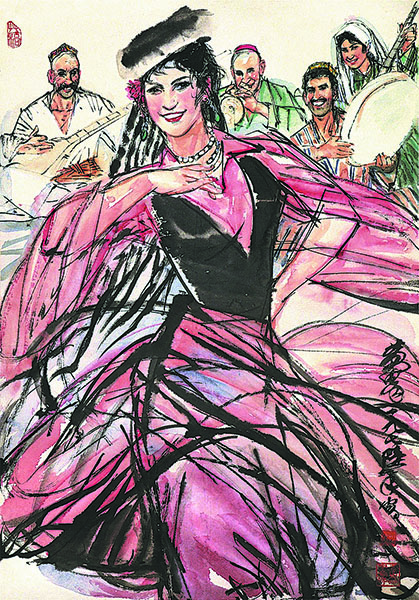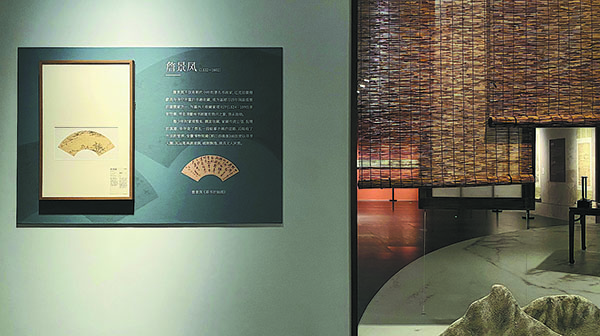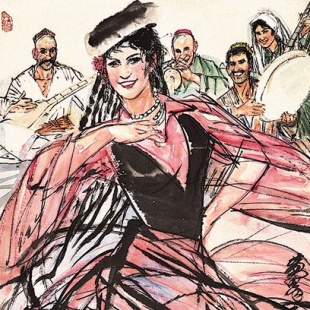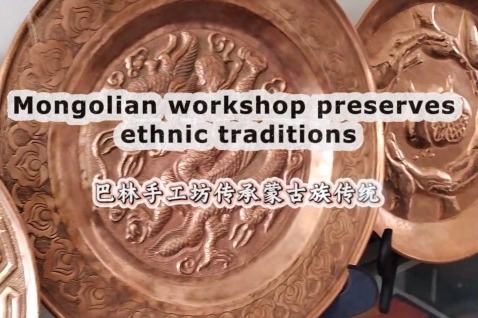What's on


Painterly dialogues
Huang Zhou (1925-97), one of the reformers of 20th-century ink art, is known for his obsession with painting and industrious spirit. He once said, "Draw, quickly, whatever you see and want to draw, … Just draw. There is no need to wait for months or a year (before you start)."
Huang left a body of ink and color paintings marked by sketchy outlines with which he often depicted the daily life of ordinary people, the most popular being ethnic groups herding, racing, dancing and singing on festive occasions.
Centennial Reflections, an ongoing exhibition at Guangdong Museum of Art, in Guangzhou, commemorates the 100th anniversary of Huang's birth, tracing the evolution of his art and focus on capturing the most touching moments of people at the grassroots. The exhibition runs until June 15, at the museum's new venue in the Bai'etan area.
9 am-5 pm, closed on Mondays. 19 Bai'etan Nan Lu, Liwan district, Guangzhou, Guangdong province. 020-8890-2999.

Timeless artistry
The transition period of the Ming (1368-1644) and Qing (1644-1911) dynasties saw the rise of the Xin'an School of Painting, initiated by a group of artists in Anhui province who later were joined by artists of Anhui origin. They led a seclusive or semi-seclusive life, embracing the serenity and celestial mood of nature. Employing loose brushstrokes, they painted strange rocks and pine trees on cliffs, and streams in between barren hills, and hermits fishing in snow. Their minimalist style conveys an unworldly tendency.
Dare to Declare That Nature Is My Teacher, a long-term exhibition now on at Anhui Art Museum, in Hefei, juxtaposes classic works of the Xin'an school and digital simulations, featuring representative artists of the school and later-generation painters who have been influenced by the style.
9 am-5 pm, closed on Mondays. 1 Chengdu Lu, Hefei, Anhui province. 0551-6280-6800.

Healthcare remedies
Rules to Keep Life Circle, an ongoing exhibition at the Chinese Traditional Culture Museum, traces how traditional Chinese medicine has been developed and practiced by people of varied ages, places and generations, on a daily basis. Plants, remedies, medical apparatuses, among some 50 representative items of cultural heritage relevant to TCM, are on show throughout August.
Chinese people view the TCM as remedies during illness and as something integrated into their daily routines to maintain a healthy lifestyle, for example, the methods of doing physical exercises and herbal combinations to make soups. It propagates a philosophy of how one can have a long, happy and peaceful life while not going against the rules of nature.
9 am-5 pm, closed on Mondays. 16 Hujing East Road, Chaoyang district, Beijing. 010-8799-1766.




































